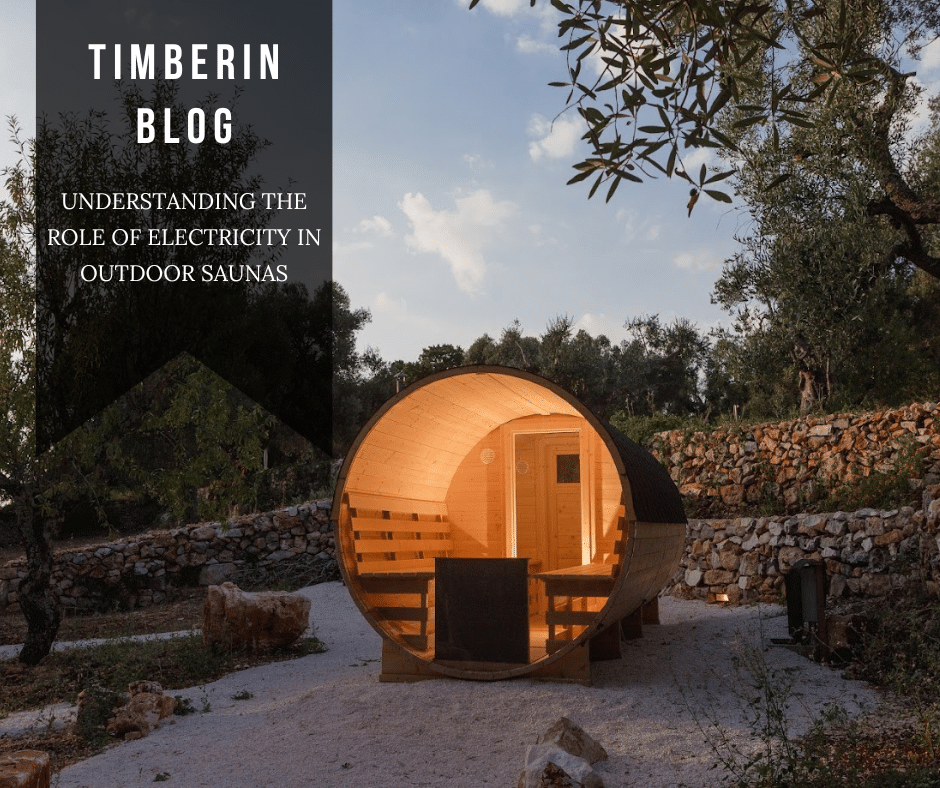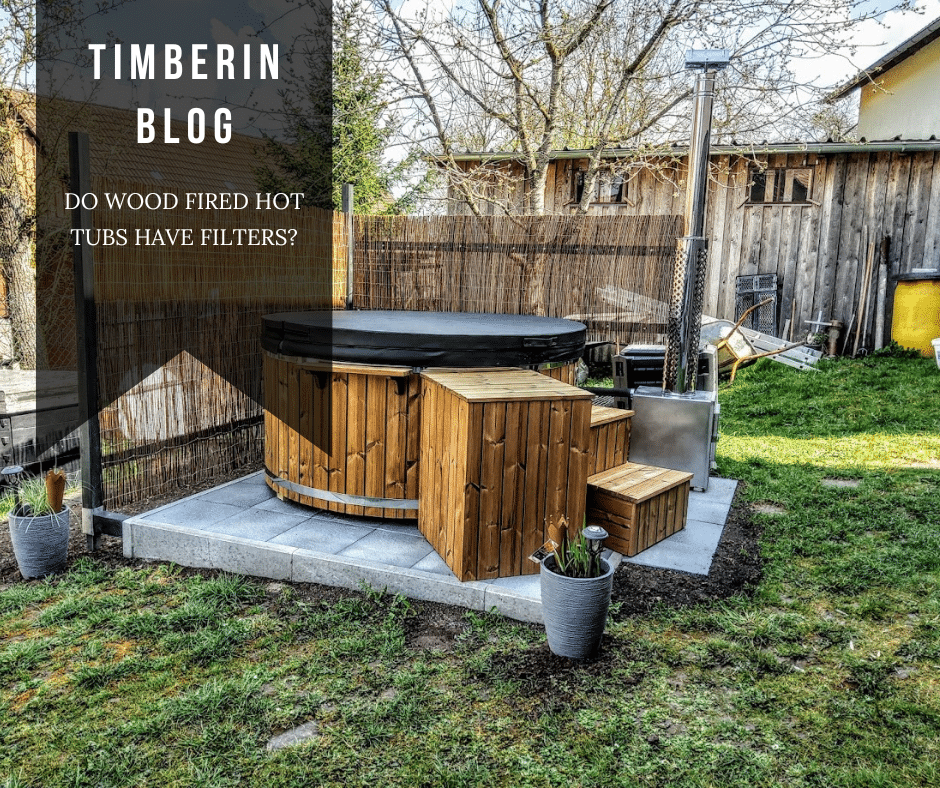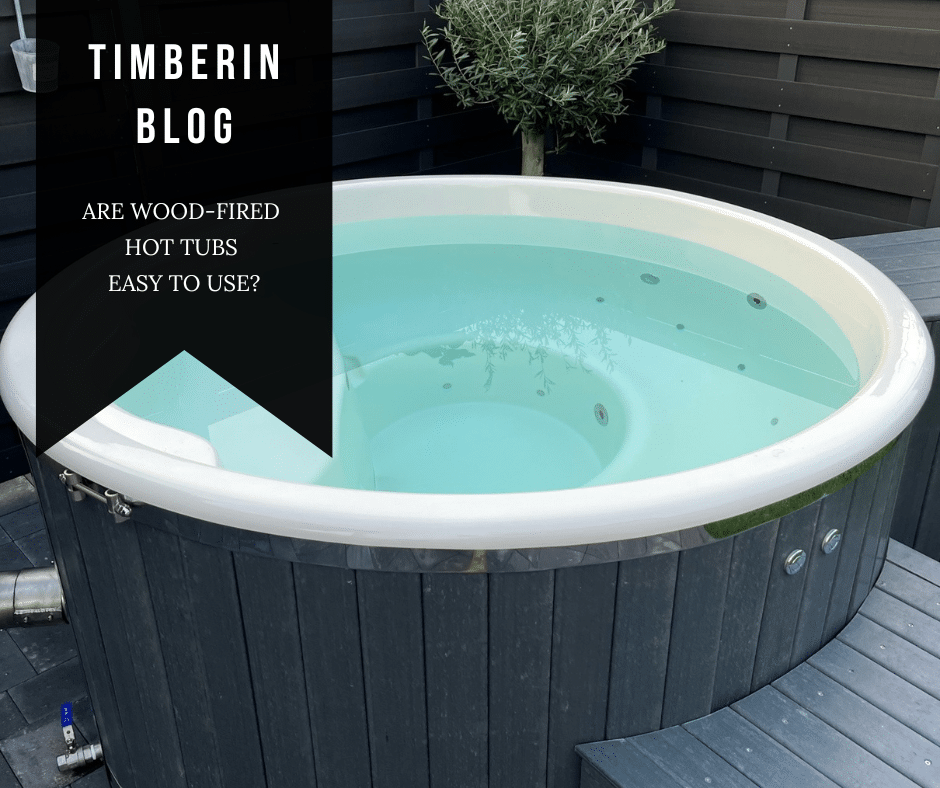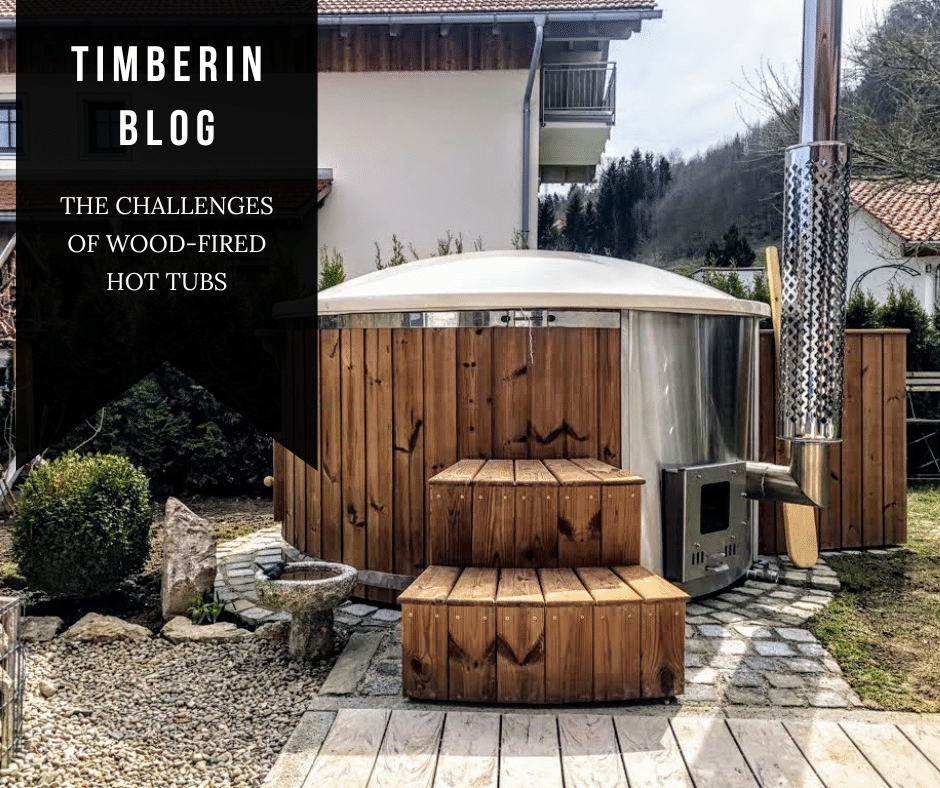Outdoor saunas are not just wooden structures; they are sanctuaries of relaxation and well-being. Have you ever wondered about the magic behind the scenes, how these structures transform into havens of warmth and tranquility? In this article, we’ll unravel the secrets and explore the inner workings of outdoor saunas.
Heating Systems
At the heart of every outdoor sauna is a heating system responsible for generating the blissful warmth that defines the sauna experience. Saunas commonly employ three types of heating systems:
• Electric Heating: Electric saunas use heating elements, often embedded in sauna walls or placed under sauna benches, to generate warmth. They are quick to heat up and allow precise temperature control.
• Wood-Burning Stoves: Traditionalists often opt for wood-burning saunas, where a wood stove or heater is used to heat rocks. Water can be poured over the heated rocks to produce steam, creating a more humid sauna environment.
• Infrared Heating: Infrared saunas use infrared panels to emit radiant heat directly absorbed by the body. These saunas operate at lower temperatures compared to traditional saunas but provide a deep, penetrating warmth.
Insulation
Quality insulation is a crucial element in the functionality of outdoor saunas. Insulation ensures that the heat generated by the sauna’s heating system is retained within the structure, preventing it from escaping and maintaining a consistently warm interior. This contributes to energy efficiency and a comfortable sauna experience.
Ventilation
Proper ventilation is essential for a comfortable and healthy sauna experience. Outdoor saunas incorporate ventilation systems to ensure a continuous flow of fresh air. Ventilation not only prevents the sauna environment from becoming excessively humid but also ensures that sauna-goers can breathe comfortably.
Construction Materials
The choice of construction materials plays a significant role in how outdoor saunas function. Saunas are often constructed using high-quality woods such as cedar or redwood due to their natural resistance to decay and their ability to withstand temperature variations. These woods also contribute to the aesthetics of the sauna.
Control Systems
Many modern outdoor saunas come equipped with sophisticated control systems. These systems allow users to adjust temperature settings, set timers, and control other features, enhancing the overall sauna experience. Digital interfaces and remote controls make it convenient for sauna-goers to tailor the sauna environment to their preferences.
Lighting and Ambiance
The ambiance of an outdoor sauna is not solely reliant on heat; it’s also about creating a serene and inviting atmosphere. Electrically powered lighting fixtures, strategically placed within the sauna, contribute to the overall ambiance. Whether it’s soft and subdued lighting or vibrant colors, the lighting enhances the sauna experience.
Additional Features
Some outdoor saunas go above and beyond by incorporating additional features for an enhanced experience. This can include integrated audio systems, chromotherapy lighting for color therapy benefits, and even features like heated benches or foot warmers.
Conclusion
Outdoor saunas work harmoniously, blending heating systems, insulation, ventilation, and thoughtful design to create an environment of relaxation and rejuvenation. Whether you opt for the classic charm of a wood-burning sauna or the modern efficiency of an electric or infrared sauna, the magic of outdoor saunas lies in their ability to transport you to a realm of tranquility and well-being.











Leave A Comment